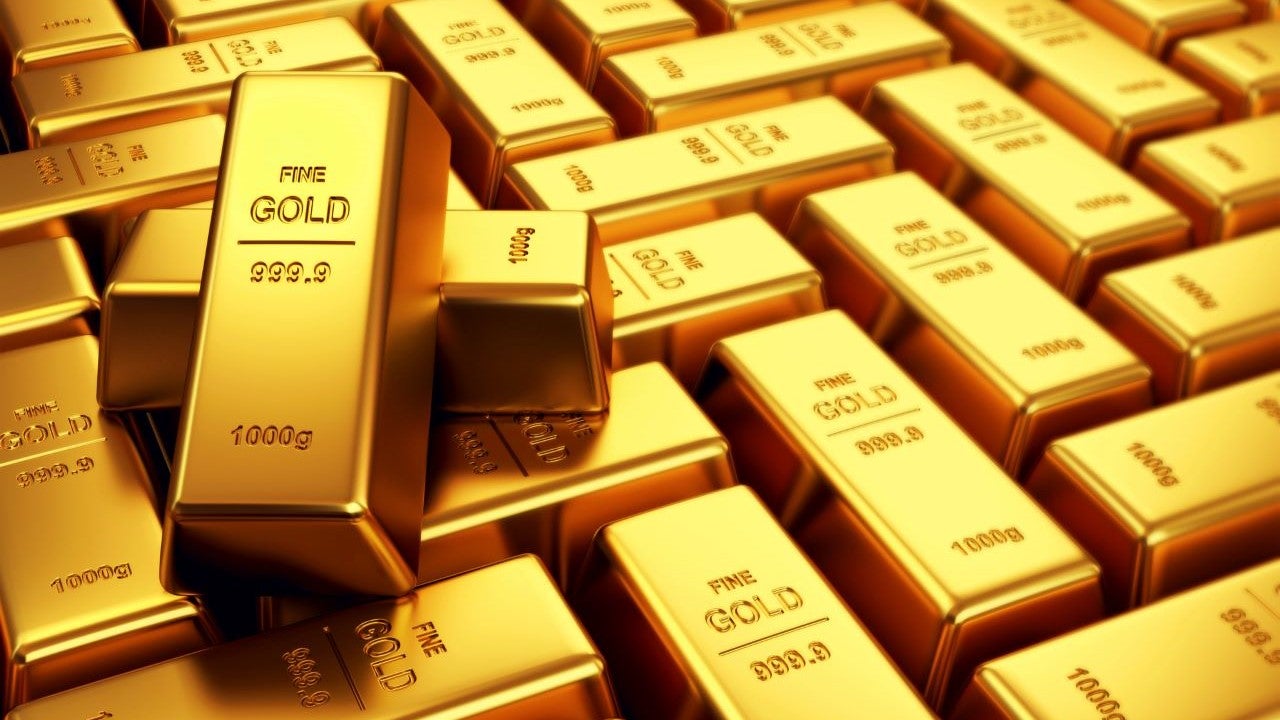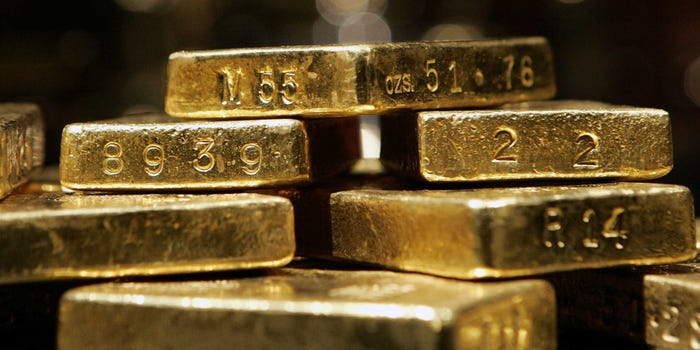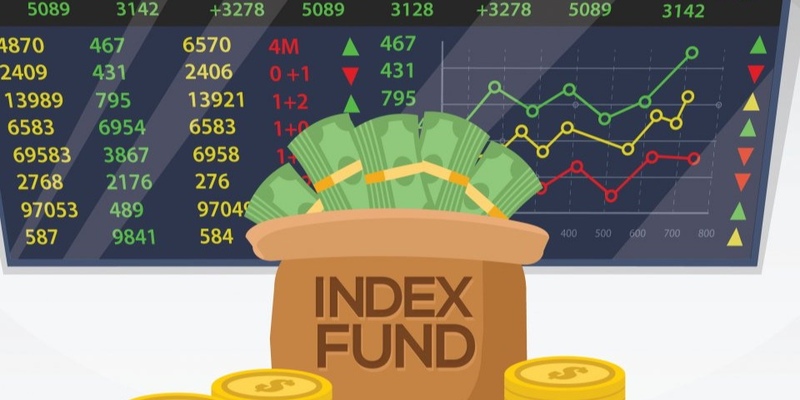ETFs are useful because they offer quick diversification at a minimal cost, making them very handy. Look at some of the gold exchange-traded funds that most investors own. Gold is sometimes seen as a "haven" investment because of its potential to maintain its value or even increase when economic projections and surroundings are pessimistic. Even though the price of gold may be volatile when viewed in isolation, the asset has historically had a low connection with stock markets and bond markets.

You can invest in gold through mining firms, streaming or royalty companies, futures contracts, real gold, exchange-traded funds, or ETFs. You can also invest in gold using futures contracts. These funds make investments in actual gold or gold-related businesses that trade under a ticker symbol and may be purchased and sold as easily as stocks. They are a convenient way to obtain exposure to an asset that can assist in mitigating the negative effects of portfolio volatility. Here are seven of the most effective gold exchange-traded funds (ETFs) to hedge against volatility in 2023.
If you are interested in investing in gold even though both inflation and interest rates are on the rise, then you might think about joining any of the following funds:
iShares Gold Trust (IAU)
For a long time, investors looking for an alternative to GLD have turned to this physically-backed fund. Holding physical bullion in insured, independently audited vaults gives investors exposure to the spot price of gold as measured by the London Bullion Market Association Gold Price Index. BlackRock supports this product, which is more substantial and liquid than GLDM but has a lower cost ratio than GLD. Professor of finance, economics, and accounting at New York City's City College and head of expansion at real estate investment firm Awning, Dennis Shirshikov, recommends the iShares Gold Trust due to its low expenditures and diversity. The cost ratio of IAU is 0.25%.
SPDR Gold Trust (GLD)
When wanting to invest in gold, most people turn to the SPDR Gold Trust, which is the largest gold ETF by a significant margin. It has over twice as much capital under management as the next largest gold ETF and sees a daily volume of over 10 million shares exchanged. While its yearly costs may not be the lowest, it is the most financially stable and well-established alternative. Because the fund is backed by actual gold, investors may speculate on the price of gold bullion with little to no intermediary. Expenses for the year are 0.40%, or $40 for $10,000 invested in the portfolio.
SPDR Gold MiniShares (GLDM)
While this SPDR sibling fund is substantially smaller than its predecessor (around $1 billion compared to $4 billion), its annual cost ratio of 0.09% is far lower. It trades at roughly $20 per share, making exposure to actual gold accessible to investors with as little as tens of dollars to invest. Buying only one share of an exchange-traded fund (ETF) is all it takes to enter the gold market strategically.
Aberdeen Physical Gold Shares ETF (SGOL)).
Aberdeen Physical Gold Shares ETF likewise has the backing of actual gold bullion. All of the gold on hand has been fully allocated, meaning each bar has been audited. In addition, SGOL details the provenance, brand, size, purity, assay, and storage facility of each gold bar in the ETF's vault. Investors may find this openness comforting. "Right now, we're seeing increased demand for gold as an insurance policy against inflation and geopolitical uncertainty," adds Shirshikov. Due to ongoing macroeconomic and geopolitical difficulties, "I expect to see continued demand for gold, leading to higher prices &' potentially higher returns for investors." The expenditure ratio for SGOL is 0.17%.
VanEck Junior Gold Miners ETF (GDXJ)
There are two types of mining firms in the gold mining industry: major producers and smaller, "junior" enterprises that focus on exploration and development rather than production. These miners are more susceptible to market fluctuations, making an ETF useful. This spread of risk implies that the ETF as a whole might not fare as well as a single gold miner who hits it big. This ETF mirrors the performance of the MVIS Global Junior Gold Miners Index's performance, which measures gold mining firms' general success with modest market caps. The expense ratio for GDXJ is 0.52%, making it more expensive than GDX.
Conclusion
Gold's standing as a status symbol of riches and power dates back to prehistoric times. Gold can protect a portfolio against market fluctuations and political turmoil. Furthermore, gold may maintain its value as inflation worries grow.





